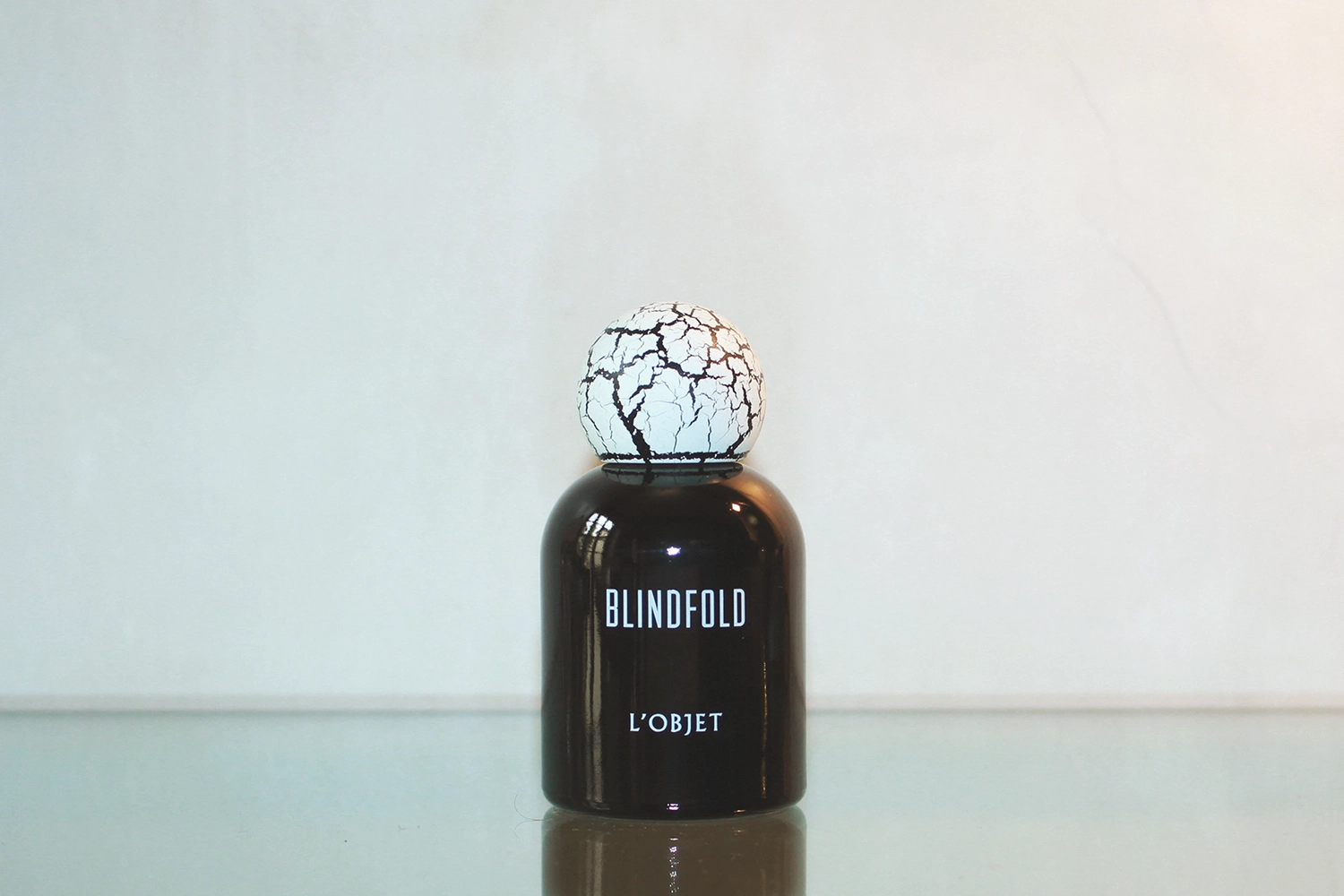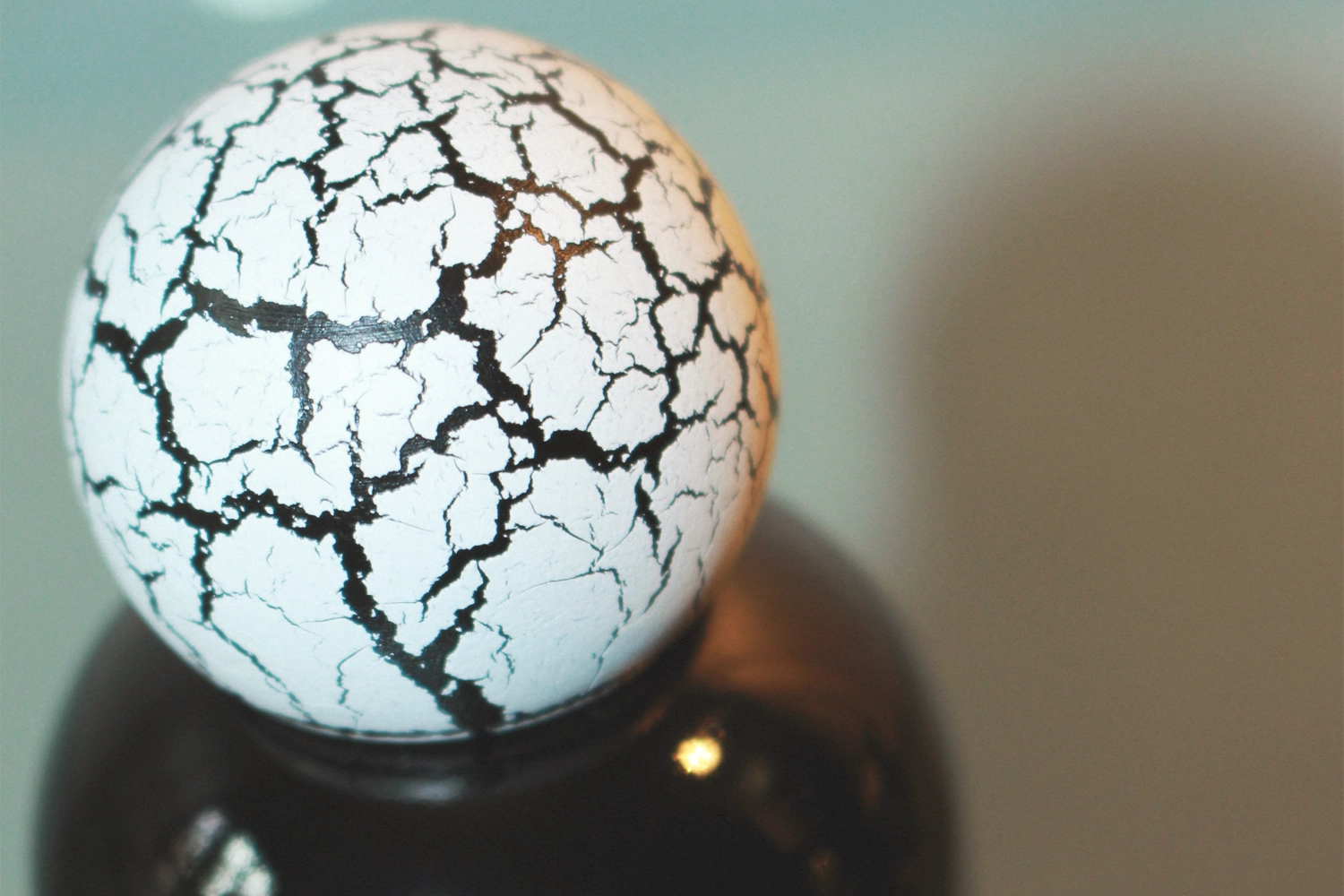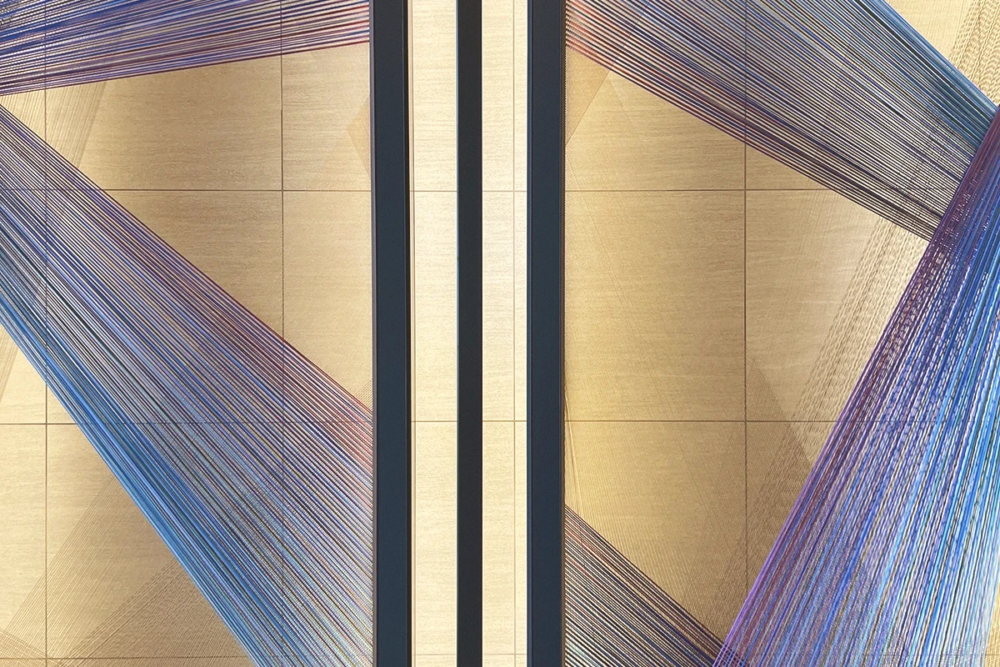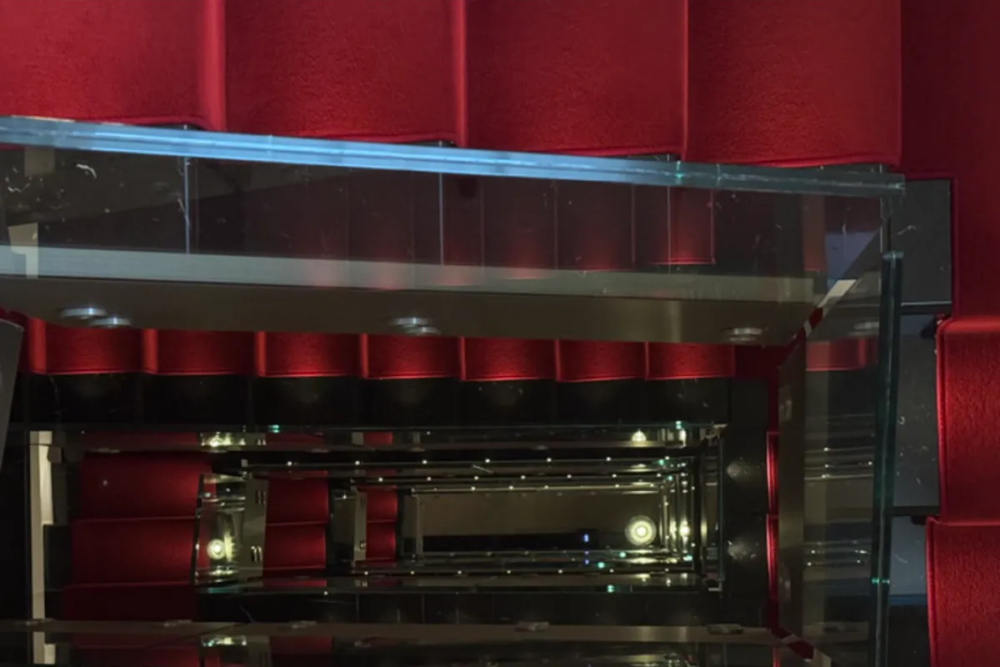
L’Objet Blindfold: a study in material design and sensory precision
Blindfold continues L’Objet’s development in perfumery, translating its design discipline into a musk-driven scent conceived with perfumer Yann Vasnier
L’Objet’s Blindfold: Elad Yifrach and Yann Vasnier redefine scent through craft and design
For L’Objet, objects are meant to be handled before they are seen. With Blindfold, the brand’s latest fragrance, founder Elad Yifrach translates that principle into scent. The concept is direct: close your eyes and let touch, not sight, define the experience. The result is a skin scent that feels domestic and tangible — like the freshness of clean sheets early in the morning.
Blindfold sits within the musk–suede family, built around white musk, tonka bean, and soft leather. The structure is restrained but persistent, designed to stay close to the skin. It is not made for projection but for presence — consistent with L’Objet’s focus on intimacy, materiality, and craft.
The perfumer behind it is Yann Vasnier, a French creator trained in Grasse and now part of Givaudan’s international composition team. Vasnier has signed fragrances for Tom Ford, Marc Jacobs, Arquiste, and Comme des Garçons. His style — precise, architectural, technically balanced — is clear here. The musky framework is finely calibrated, tactile, and stripped of decorative excess. Blindfold is deliberately inward-facing: a scent conceived for the person wearing it, not the crowd around them.
From fragrance to object: the L’Objet method
Founded in 2004, L’Objet operates at the intersection of design, making, and olfactory creation. What began as a small tableware collection has evolved into an international design house defined by careful form, noble materials, and manual processes. The guiding idea is consistent: each piece should provoke a physical response — to be touched, weighed, and examined closely. It’s a philosophy grounded in material experience rather than visual spectacle.
Unlike brands that separate fragrance from object design, L’Objet maintains a unified language between the two. The perfume bottles follow the same logic as the brand’s ceramics and table pieces: dense glass, sculptural lids, clear proportions, and functional restraint. The result is coherence — a visual and tactile continuity that runs through every discipline the company touches.

Elad Yifrach: building a global network of makers
Elad Yifrach, born in Israel, began his career in Beverly Hills designing residential interiors. After years between Los Angeles and New York, he founded L’Objet to address what he saw missing in his projects — objects that combined contemporary design with authentic craftsmanship.
Yifrach’s role blends designer, entrepreneur, and creative director. He spends much of his time between workshops, building direct relationships with artisans. In recent years, he has anchored part of the brand’s operations in Portugal, where he oversees production and prototype development.
His process is collaborative: every collection begins with conversations with craftspeople — ceramicists, metalworkers, and wood artisans — who translate his concepts into material form. Rather than relying on large-scale manufacturing, L’Objet works through a network of small ateliers that produce continuously and independently for the brand.
Portugal’s role in L’Objet’s production network
Portugal remains a key centre in L’Objet’s production model. The country’s long tradition in fine ceramics and porcelain has directly shaped the company’s identity. Many collections are developed and crafted in small Portuguese workshops, where master artisans work with inherited techniques and modern precision. Each piece moves through multiple hand stages — molding, trimming, firing, glazing, and gilding with 24-karat gold or platinum — a process that can take weeks and depends on the consistency of human skill.
The Blindfold fragrance extends that same approach into perfumery. Its spherical cap, finished with a distinctive black-and-white crackled glaze, draws on the ceramic expertise cultivated by L’Objet’s Portuguese artisans. While the company does not disclose specific production sites, the piece clearly follows the same manual methods used in its tableware. The result is a small sculptural object — tactile, irregular, and individually finished — that functions both as a closure and a reflection of the brand’s craft culture.








